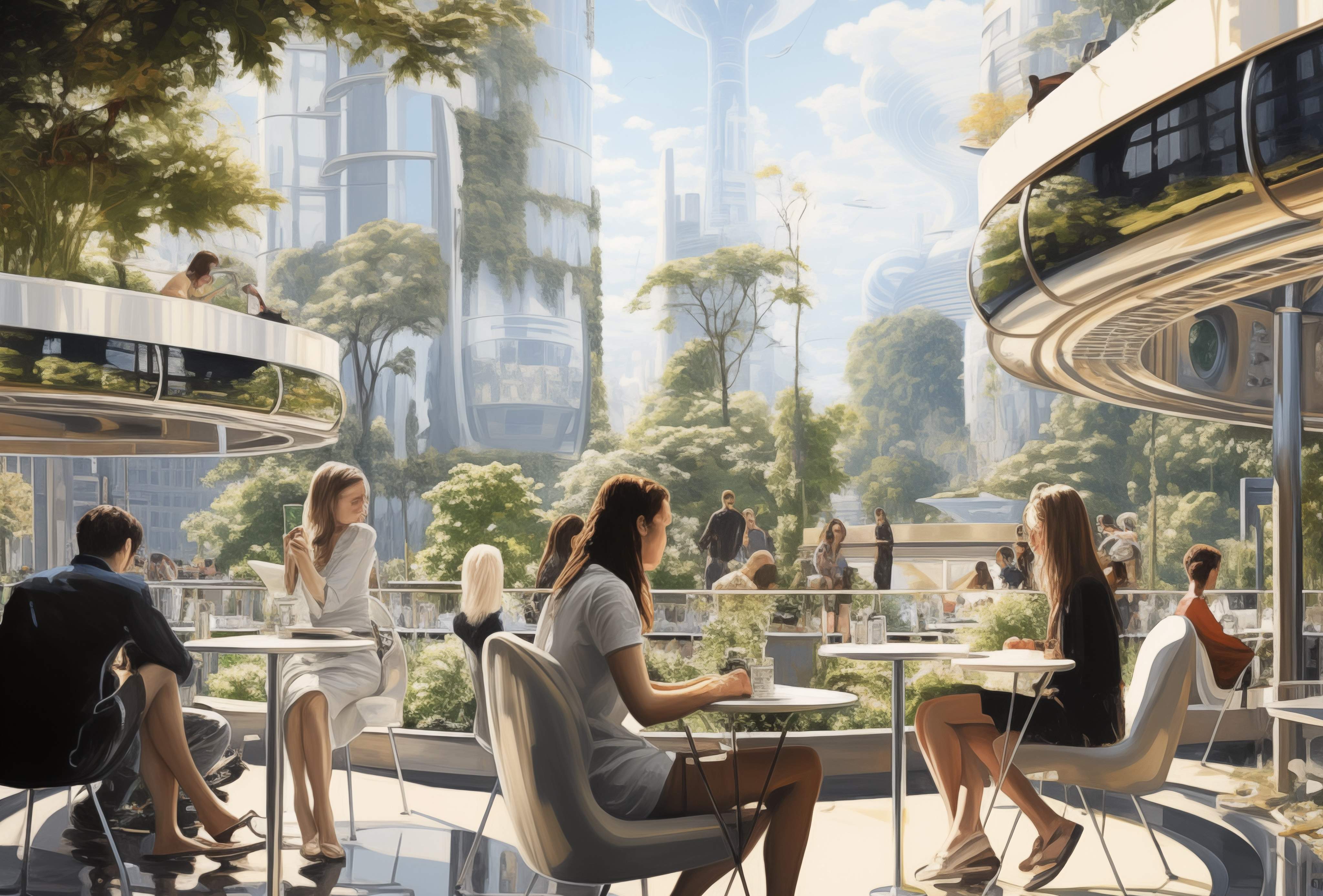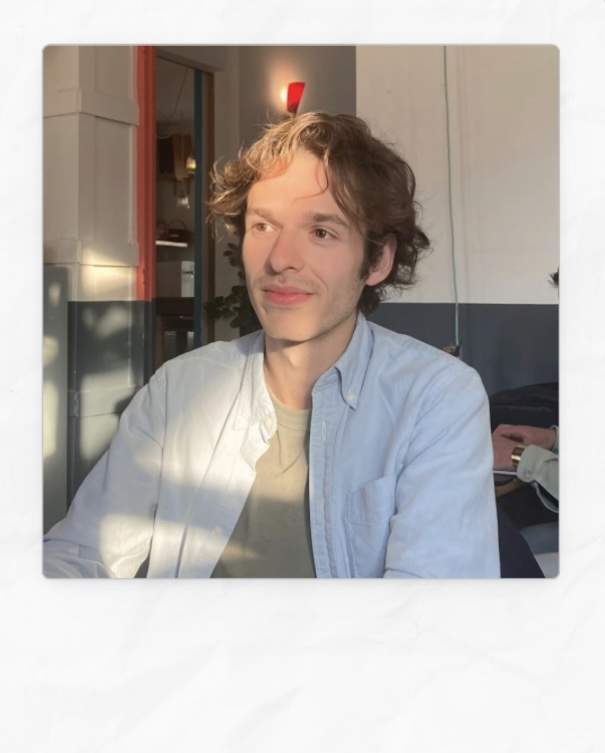on ai
thoughts and ideas on recent ai image-generation tools. (after cinema?)
⠀

Feb 2022⠀ April 2022 ⠀July 2022⠀ Nov 2022 ⠀March 2023
"Frida Kahlo browsing her phone"
⠀
⠀
⠀



controlled generation
⠀
⠀

1920s Paris

2120s Paris
⠀
⠀

a cinema of tomorrow
⠀
⠀

mexicano de 1810, 1910, 2010 y 2110
⠀
⠀

past future

present future

future future
⠀
⠀

"Beethoven directing an orchestra in mars"
in 8mm, 16mm, 35mm and digital film
⠀
⠀

mexicano de 1810, 1910 y 2010
⠀
⠀

walking on the edge of spacetime
⠀
⠀
⠀
note mentions
works under writing are original, my notes a mix of thoughts with quotes from the artwork subject of the note. about · contact
⠀
⠀
writing
- oct 2023 · on numbers
- aug 2023 · after cinema
- oct 2022 · on cinema
- ongoing · on ai
⠀⠀
books
- beginning of infinity, david deutsch
- desierto sonoro, valeria luiselli
- llano en llamas, juan rulfo
- recuerdos del porvenir, elena garro
- laberinto de la soledad, octavio paz
- hitchhicker's guide to the galaxy, douglas adams
- amor en los tiempos del colera, gabriel garcía márquez
- homo deus, yuval noah harari
- salvar el fuego, guillermo arriaga
- a moveable feast, ernest hemingway
- ride of a lifetime, bob iger
- sin querer queriendo, roberto gómez bolaños
⠀⠀
articles
- to firmly drive common prosperity, xi jinping
- how the enlightment ends, henry kissinger
- people aren't meant to talk this much, ian bogost
- after babel, jonathan haidt
- the year of fukuyama, richard hanania
- ai–mort de l'art ou renouveau de la culture?, sébastien piquemal a
- will scaling work?, dwarkesh patel
- software 2.0, andrej karpathy
- roger federer as religious experience, david foster wallace
- recurrent neural networks, andrej karpathy
⠀⠀
film
- century of the self, adam curtis
- hitchcock vs hitchcock, andré bazin
- why marvel movies aren't cinema, martin scorsese
- succession, jesse armstrong
⠀
philo
- paragraphs on conceptual art (!), sol lewitt
- discrete image, bernard stielger
- how to do philosophy, paul graham
- taste and design, paul graham
- aristotle invented the computer, chris dixon
- la peinture de manet, michel foucault
- the question concerning technology, martin heidegger
- l'écrit, l'écran, l'ésprit, anne alombert
- discipline and punish, michel foucault
- modernist painting, clement greenberg
- the revolution will be uploaded (!), peter snowdon
⠀
⠀ ⠀
⠀ ⠀
writing keeps ideas in space
speech lets them travel in time
we use paintings to decorate space
and music to decorate time
⠀ ⠀
⠀ ⠀
find the way by moonlight
see the dawn before
the rest of the world
⠀ ⠀
⠀ ⠀
unconscious time, no peace of mind,
falling in space but still alive.
sketching the future in a single line,
everything's spinning, cannot sit down.
moments in space, places in time,
thoughts penciled in, now come to life.
⠀ ⠀
⠀ ⠀
As of today, no one knows how to translate paintings, flowers or music into language. Their beauty is implicit and exclusive to their form, which is why it's so hard to explain how a particular piece of art makes us feel.
⠀ ⠀
⠀ ⠀
⠀⠀
⠀
notes
⠀
symbols
- ∴ (therefore)
- → (if then)
- ↔ (if and only if)
- ⤷ (consequence of)
- ≔ (definition)
- ⫫ (independent from)
- ∵ (because)
- ∃, ∄ (there exists/does not exist)
- ∈, ∉ (belongs to/does not belong to)
⠀
⠀
⠀
⠀
this is a collection of notes that i've written over time, mostly for myself. in the spirit of working with garage doors open, i've published them and open sourced this website.
⠀⠀
notes
- ongoing · on ai

What comes after Cinema?
Eduardo Gonzalez Ortiz, Aug 2023
⠀
- originally published by art-critique (fr)
- full article (en)
summary
AI images have quickly evolved to a point of near-perfect photorealism and some have already gone viral worldwide.
text-to-image models are not creative but derivative. they use data from countless artworks, sometimes without the author's consent, to create new and original results.
- this mechanism is largely responsible for negative reactions + debates around copyright, misinformation and ethical implications of artificial intelligence in the creative process.
- record labels are hostile but they'll embrace it as soon as they profit from it. maybe some new art = dead artists + current artists (Bad Bunny + The Beatles?)
it seems this new era of media creation is hostile to artists, but its not the first time technology has disrupted art.
the rise of photography in the 1850s is a good example.
- photographers could capture reality instantly and with perfect accuracy than painters.
- photography enabled mass reproduction of art that allowed multitudes of people to see them, but degraded each artwork's individual impact (∴ influence)
- privacy concerns: taking photos of others without their consent
- copyright concerns: who owns the photo? photographer or photographed?
until then, painters were judged by their ability to accurately represent reality. they felt threatened since anyone with a camera could now do their job.
- as photography became accepted as a new form of art, it suddenly helped to reduce these expectations. artists could now explore ideas without worrying about visual accuracy.
- ⤷ painting (art) had its biggest revolution, visually and philosophically: impressionism (1860s-1880s), cubism (1910s), surrealism (1920s-1930s), abstract art (1910s-now) and eventually, cinema.
text-to-image generation is still in its infancy (!) but text-to-video models are imminent.
- current ai models already show impressive understanding of cinematic language (on ai) and it won't be long until anyone is able to create photorealistic movies using natural language. this will challenge cinema like photography did to art.
- users specify cameras, lenses and framings, AI models create photorealistic sets, props, actors and dialogue.
- no need for physical locations, crews or large budgets → cost of making movies will significantly decline.
- democratization of the hollywood film studio → new voices previously limited by costs of filmmaking.
as of today, no one knows how to translate paintings, flowers or music into language. their beauty is implicit and exclusive to their form, which is why it's so hard to explain how a particular piece of art makes us feel.
- a new epoch of cinema will arrive: anyone will be able to make a movie using natural language ∴ film and text will become the same thing. (→on ai)
- every frame will be generated, not filmed.
- anyone will be able to read, write or watch a movie.
- cinema will detach from the camera.
- this won’t be better or worse, just different. (→on cinema)
⠀
⠀ ⠀
full article
Usage of AI tools skyrocketed on launch and their impact is being felt in many fields, from financial accounting to psychologist's offices and creative studios. Image generation with AI has also evolved in a short time to a point of near-perfect photorealism and some artificial images have already gone viral worldwide.
⠀
AI models are not creative but derivative, meaning they use elements and styles of countless artworks and paintings, sometimes without their creator's consent, to create new and original results. This mechanism is particularly responsible for negative reactions and debates around copyright, misinformation and the ethical implications of artificial intelligence in the creative process.
⠀
Just recently on April 14, TikTok user Ghostwriter977 released "Heart on My Sleeve", a song that used AI to mimic the voices of singers Drake and The Weekend, without neither singer being involved in the process. Just 3 days later, their record label, Universal Music, condemned the use of AI to create the song, invoked copyright violation to take down the track, and asked streaming platforms to block AI companies from accessing their songs. The 2-minute-14-second song had already been listened to over 20 million times by then.
⠀
Not all reactions have been negative: the Japanese government became the first one to settle that they won't enforce copyright on artworks used for AI training and British singer Paul McCartney recently announced that the 'last Beatles song' will be completed using AI and released in 2023. The use and progress of these tools will only increase, soon disrupting all areas of artistic creation, from music and painting to photography and cinema. And while Record labels and Studios are currently hostile towards AI, I believe they'll embrace it as soon as they start to profit from it. (Maybe dead artists and actors will be revived to make new songs and movies with current artists, Bad Bunny+Freddie Mercury?)
⠀

Feb 2022⠀ April 2022 ⠀July 2022⠀ Nov 2022 ⠀March 2023
"Frida Kahlo browsing her phone"
⠀
But even if it seems we might be entering an new era of media creation that is hostile to artists, this is not the first time technology has disrupted art. The birth and rise of Photography in the 1850s enabled a mass reproduction of art which allowed paintings and sculptures to be seen my multitudes of people, while simultaneously degrading their individual influence and impact.
⠀
Artists who made a living making portraits of people or vedutas (hyper-realistic paintings of cities, often souvenirs for tourists) felt threatened since photography could capture reality instantly and with more accuracy than them. The jobs they had for centuries could now be done by anyone with a camera. Privacy and copyright concerns became a heated issue as well: if people can photograph others without their consent, who owns the photo? Photographer or photographed?
⠀
If photography is allowed to replace art in some of its functions, it will soon have supplanted or corrupted it completely, thanks to the natural alliance it will find in the stupidity of the multitude.
– Charles Baudelaire, Salon de 1859
⠀
Until then, painters and their art were usually judged by their ability to accurately represent reality. As photography became more adopted and accepted as a new form of art, it suddenly reduced these expectations. Artists were now free to explore and pursue their own interests, passions and ideas without needing to worry about visual accuracy. Modernists movements like Impressionism, Cubism, Surrealism and Abstract Art soon followed, and painting had its biggest revolution, both visually and philosophically.
⠀

Art in the 1850s⠀⠀Photography (1850s)⠀⠀Art in the 1900s
⠀
Photography kept evolving and eventually allowed for the birth of an even more powerful art form to arrive, cinema. Although AI technologies are still in their infancy and limited to image generation, the arrival of text-to-video models is imminent and could challenge Cinema just like photography did to art. Current models already show an impressive understanding of cinematic language and it won't be long until anyone is able to create a photorealistic movie by simply writing a script and describing the rest of the movie using natural language. Users will be able to specify cameras, lenses and framings and AI models will create photorealistic sets, props, actors and dialogue that match the user's intentions.
⠀
Without the need for physical locations, crews or large budgets, the cost of making movies will be significantly reduced, allowing for a democratization of the Hollywood Film Studio that will open the door for new voices previously limited by the cost of filmmaking.
⠀
Images from these movies might not be human but knowledge behind them certainly will be. Human creativity will then ultimately determine how meaningful AI-aided cinema is: ideas and stories explored will need to be powerful to allow them to travel through minds and eventually become culture.
⠀

An example where I asked an AI model to generate an image of
"Beethoven directing an orchestra in mars"
in 8mm, 16mm, 35mm and digital film
⠀
As of today, no one knows how to translate paintings, flowers or music into language. Their beauty is implicit and exclusive to their form, which is why it's so hard to explain how a particular piece of art makes us feel.
⠀
Traditional Cinema will always exist, but as progress in AI image and video generation continues, I believe a new epoch of cinema will emerge where anyone will be able to make a movie using natural language. For the first time, film and text will become the same thing: anyone will be able to read, write or watch a movie and every frame will be generated, not filmed.
⠀
This new Synthetic Cinema will allow movies to detach from the camera, empowering filmmakers to break free from the limits of traditional cinema and pioneer new visual styles, just like impressionists did when they created a new visual style by removing physical influence from painting a century ago.
These movies won't be better or worse, they'll just be different.
What comes after Cinema?
- current ai models already show impressive understanding of cinematic language (on ai) and it won't be long until anyone is able to create photorealistic movies using natural language. this will challenge cinema like photography did to art.
- a new epoch of cinema will arrive: anyone will be able to make a movie using natural language ∴ film and text will become the same thing. (→on ai)
Eduardo Gonzalez Ortiz

